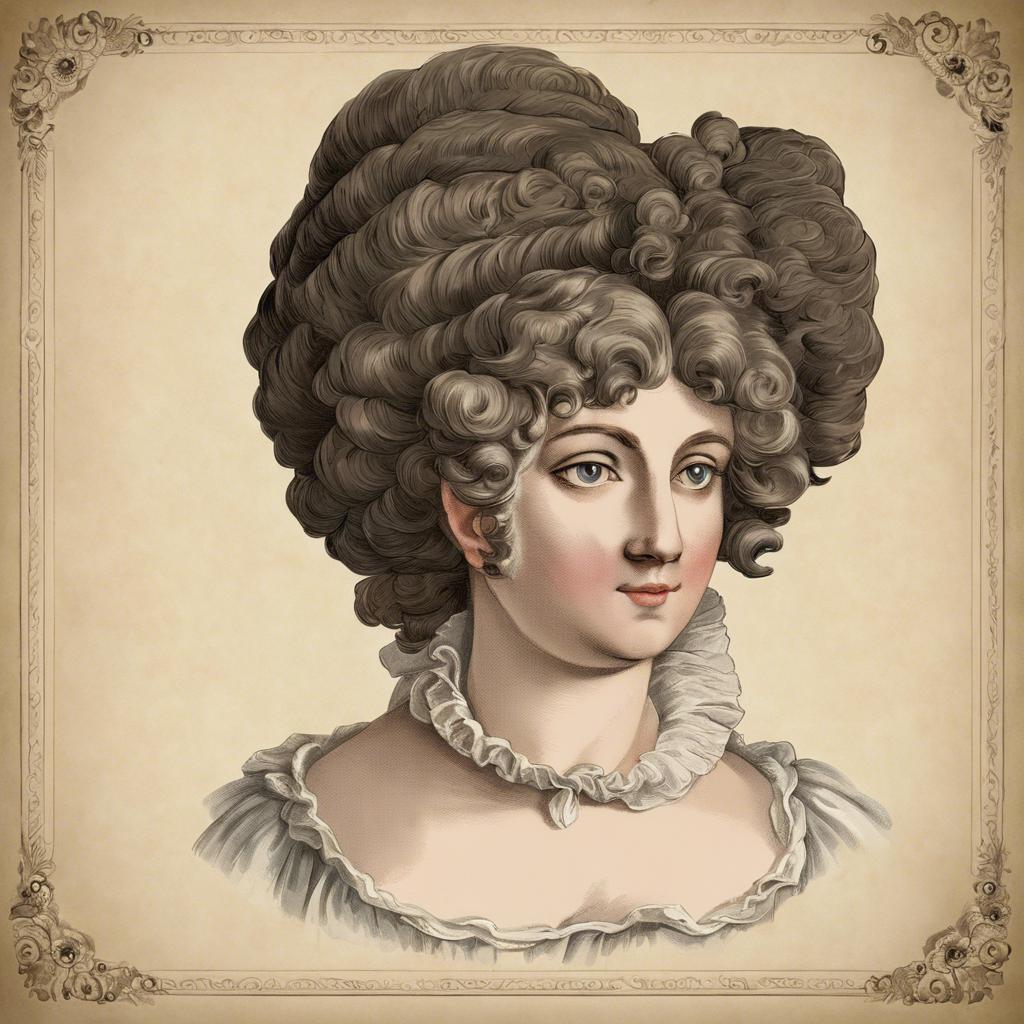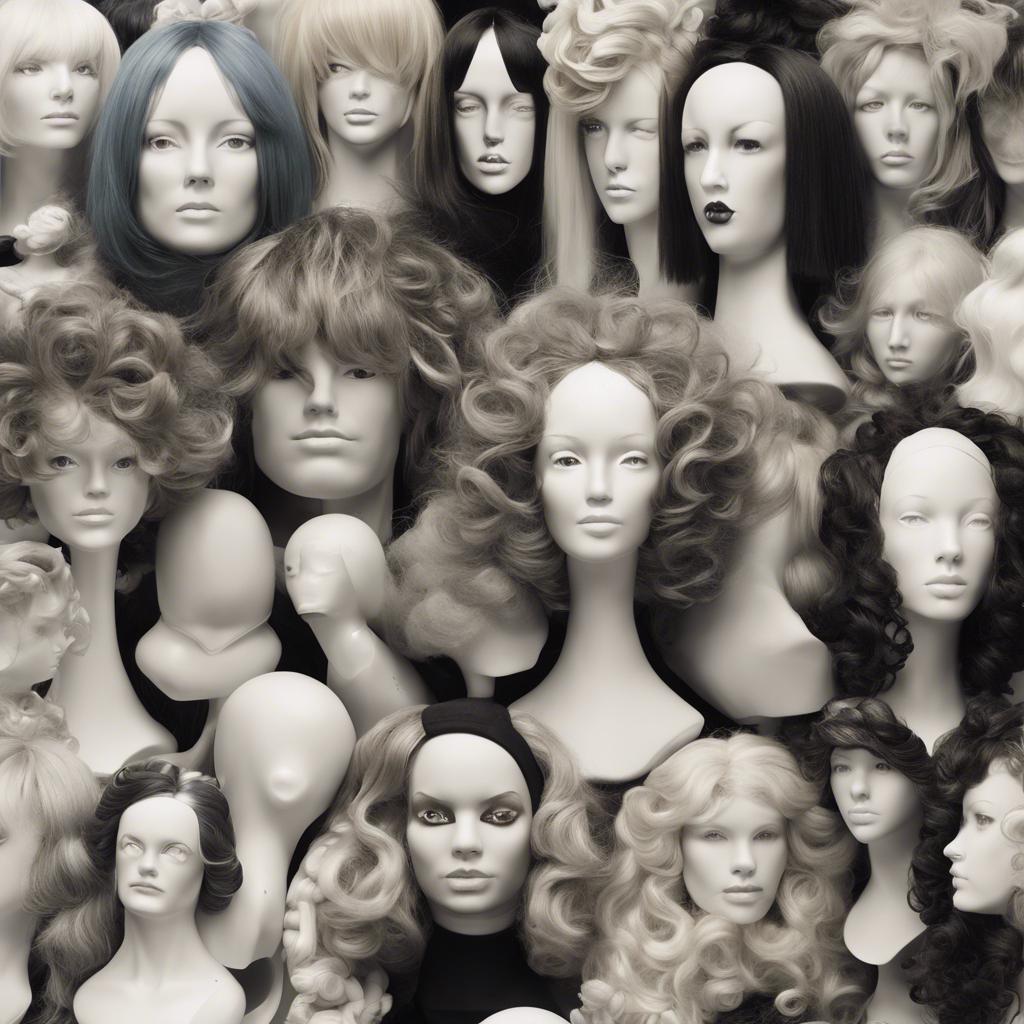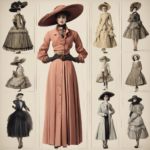During the Regency era in England, elaborate hairstyles were a symbol of status and fashion. One of the most iconic elements of these hairstyles were the opulent wigs that adorned the heads of high society. From towering creations of curls and feathers to elegant arrangements of ribbon and lace, Regency era wigs were a key feature of the era’s distinctive aesthetic. In this article, we will explore the history and evolution of these intricate hairpieces, shedding light on the cultural significance and craftsmanship behind them.
Step Into the World of Cheryl Bolen
Dive into the enchanting stories of love, intrigue, and elegance set in the Regency Era. Cheryl Bolen's novels offer timeless romance and captivating tales that will leave you wanting more.
Explore Cheryl Bolen's Books Now
– Evolution of Regency Era Wigs: From Elaborate to Elegant
In the early days of the Regency era, wigs were a symbol of status and sophistication among the elite class. These wigs were elaborate works of art, often towering high on the wearer’s head and adorned with intricate curls, ribbons, and feathers. They were designed to impress and make a statement at social gatherings and events.
As the Regency era progressed, wigs evolved from being over-the-top and extravagant to more elegant and refined. The elaborate designs gave way to simpler styles that focused on enhancing natural beauty rather than overshadowing it. Wigs became smaller in size and more understated in their decorations, reflecting the changing tastes and fashion trends of the time.
Today, the legacy of Regency era wigs can still be seen in modern hairstyles and fashion. While wigs are no longer a symbol of social status, they continue to be worn for special occasions and events, adding a touch of elegance and sophistication to any ensemble. The evolution of Regency era wigs from elaborate to elegant serves as a reminder of the timeless allure of vintage fashion and the enduring influence of history on contemporary style.
– Materials and Construction Techniques: The Secrets Behind Authentic Regency Era Wigs
During the Regency Era, wigs were an essential fashion accessory for both men and women. These intricate and elaborate wigs were a symbol of wealth and status, showcasing the wearer’s social standing and refined taste. The construction of these wigs required skilled artisans who utilized a variety of materials and techniques to create the stunning works of art that adorned the heads of the fashionable elite.
Materials: Authentic Regency Era wigs were often made from a combination of human hair, horsehair, wire, and fabric. The use of high-quality materials was crucial in achieving the desired look and ensuring the longevity of the wig. Horsehair was commonly used as a base to provide structure and volume, while human hair was added for a more realistic appearance. Intricate designs and patterns were created using wire, which was carefully shaped and molded to form the intricate curls and waves that were synonymous with Regency hairstyles.
Construction Techniques: The construction of Regency Era wigs was a labor-intensive process that required meticulous attention to detail. Skilled craftsmen would painstakingly weave and sew the hair, wire, and fabric together to create the elaborate designs that were popular during the time. Wigs were often styled using hot irons and curling tongs to achieve the desired shape and texture, with the final look being held in place with the help of pins and ribbons.
– Maintaining and Styling Regency Era Wigs: Tips for a Flawless Look
To achieve a flawless look with your Regency Era wig, proper maintenance and styling are essential. One key tip is to regularly brush your wig with a soft-bristle brush to prevent tangles and keep the hair smooth and shiny. Additionally, storing your wig on a wig stand when not in use can help maintain its shape and prevent damage.
When styling your Regency Era wig, consider using historical hair accessories such as ribbons, feathers, and combs to enhance the overall look. Experiment with different hairstyles popular during the Regency period, such as the classic updo or loose curls cascading down the shoulders. Remember to secure your wig in place with bobby pins or a decorative hairpiece for a polished finish.
For special occasions or events, consider adding embellishments to your Regency Era wig such as delicate lace trim, silk flowers, or even small pearls for a touch of elegance. These little details can elevate your look and transport you back to the glamour of the early 19th century. Embrace the beauty and sophistication of the Regency Era with a meticulously maintained and styled wig that complements your ensemble perfectly.
– Choosing the Perfect Regency Era Wig: Factors to Consider for a Historically Accurate Appearance
When choosing a regency era wig for a historically accurate appearance, there are several factors to consider to ensure you achieve the perfect look. One key element to keep in mind is the style of the wig, as different styles were popular during the Regency era. Options include the iconic powdered wigs or more natural-looking styles with curls or waves.
Another important factor to consider is the color of the wig. During the Regency era, wigs were typically white or off-white, mimicking the powdered look that was fashionable at the time. To achieve an authentic appearance, opt for a wig in a light color that closely resembles the powdered wigs of the era.
Additionally, the material of the wig is crucial for achieving a historically accurate look. Opt for a wig made from high-quality materials such as human hair or synthetic fibers designed to mimic the look and feel of real hair. Investing in a well-crafted wig will not only enhance your overall appearance but also ensure that your regency era look is as authentic as possible.
In Retrospect
regency era wigs were a fascinating and intricate part of fashion and culture during the early 19th century. Worn by both men and women of high society, these elaborate hairstyles served as a symbol of wealth, status, and societal norms of the time. While the popularity of these wigs has long since faded, their impact on fashion and history continues to be felt. As we look back on the regency era, we are reminded of the artistry and craftsmanship that went into creating these iconic hairstyles, leaving a lasting legacy that has shaped our understanding of beauty and style.


